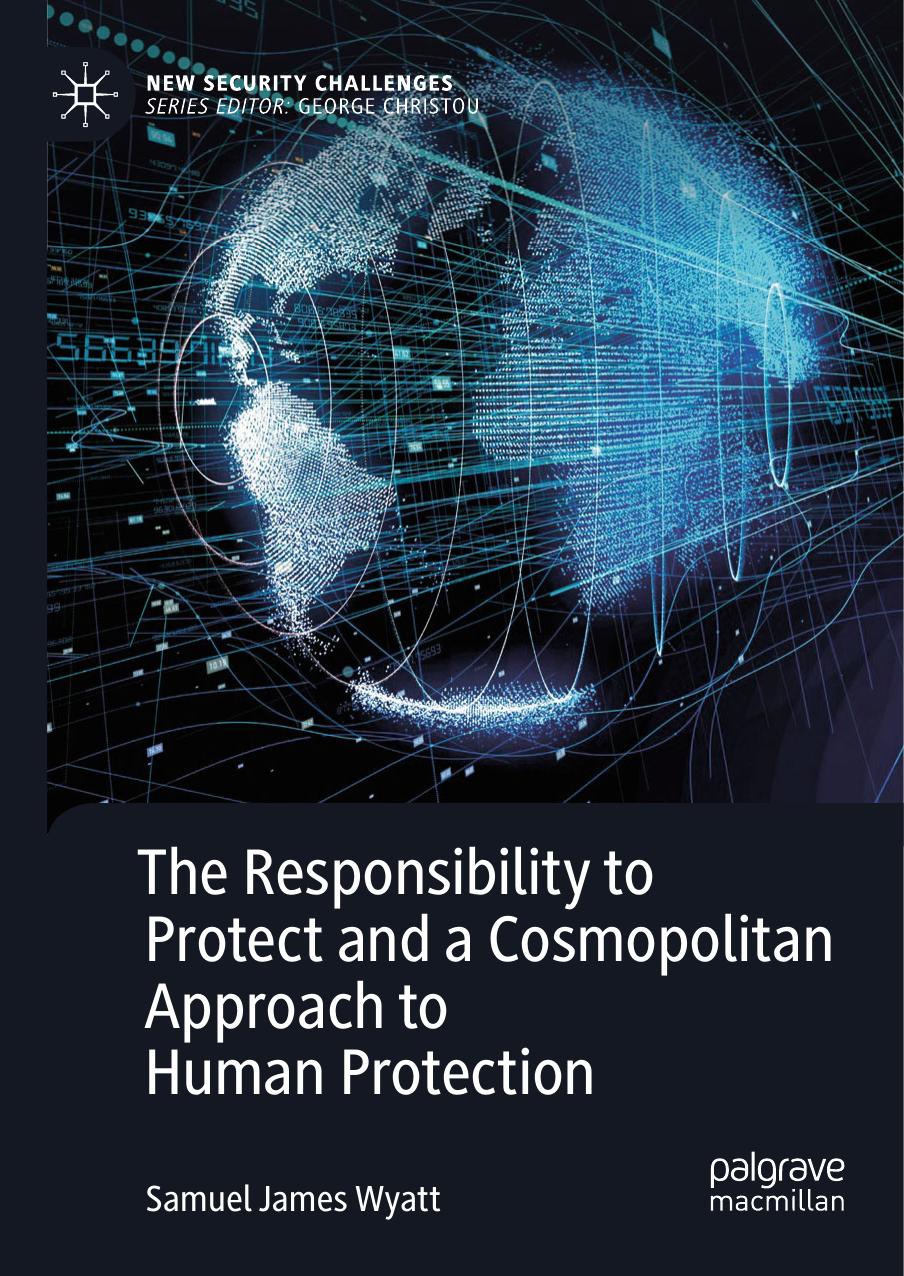The Responsibility to Protect and a Cosmopolitan Approach to Human Protection by Samuel James Wyatt

Author:Samuel James Wyatt
Language: eng
Format: epub, pdf
ISBN: 9783030007010
Publisher: Springer International Publishing
Conclusion
This chapter has critically assessed the relationship between R2P and both the distributive and criminal forms of cosmopolitan global justice. In the case of the former, R2P is intrinsically linked to the poverty and causation model of cosmopolitan distributive justice , alluding to the role of the global socio-economic realm in contributing to conditions of global poverty and inequality, whilst also providing cursory recommendations on how to address conflict-inducing behaviour by influential global actors. In this way, R2P has reinforced—albeit imperfectly—its relationship with cosmopolitan human protection. At the same time, and in tentatively bridging the gap between the poverty and causation model of distributive justice and cosmopolitan human protection, R2P has enhanced the veracity and credibility of the cosmopolitan typology as a contemporary approach to international relations theory, providing a normative and conceptual framework through which the latter’s failure to fulfil the demands associated with cosmopolitan distributive justice can, in theory, begin to be addressed.
Furthermore, R2P has both established a relationship with, and strengthened the relevance of, the vision of cosmopolitan criminal justice intimately bound up with cosmopolitan human protection. As explained, the doctrine has come to constitute a form of international criminal justice, inculcating a residual duty on the international community to act in instances of genocide , war crimes , ethnic cleansing and crimes against humanity in order to remedy an injustice and protect people’s fundamental rights and interests. In addition, R2P has weakened opposition to the scope and demands associated with this cosmopolitan maxim rooted in the narratives of realism , liberalism and liberal-nationalism . More specifically, the doctrine has strengthened the recognition and institutionalisation of human rights and, at the same time, the presence of ethical considerations in any decision to intervene for human protection purposes; has begun to reconcile the tension between state sovereignty and global human rights; represents a conceptual development within international law created, institutionalised, re-affirmed and invoked by a majority of UN member states; and, finally, has weakened the presence of negative imperialist trends at the global constitutional level. R2P also champions the virtues of international responsibility in place of the prioritisation of well-ordered and self-sufficient communities, a just society or the role of co-nationals in advancing principles of egalitarian distributive justice endogenous to states, gives equal consideration to the rights and interests of all individuals and confers a residual responsibility on other states and the UN to intervene against an illiberal or illegitimate political regime in instances of genocide , war crimes , ethnic cleansing and crimes against humanity .
However, it must be emphasised that R2P continues to share a diminutive relationship with the poverty and causation model of distributive justice, whilst the doctrine has yet to fulfil the moral exigencies associated with cosmopolitan criminal justice . With regard to the former, this is characterised by R2P’s focus on the responsibility of states to address the root causes of conflict and, in addition, its ambiguity on the responsibility of the wider international community to rectify its role in perpetuating such causes.
Download
The Responsibility to Protect and a Cosmopolitan Approach to Human Protection by Samuel James Wyatt.pdf
This site does not store any files on its server. We only index and link to content provided by other sites. Please contact the content providers to delete copyright contents if any and email us, we'll remove relevant links or contents immediately.
The Pirates of Somalia by Jay Bahadur(1587)
Political Theology by Carl Schmitt(1547)
The Holocaust: A New History by Laurence Rees(1489)
The Social Animal by David Brooks(1415)
A Practical Guide to International Arbitration in London by Hilary Heilbron(1397)
Restitution by Restitution(1395)
Pirates of Somalia by Jay Bahadur(1351)
Coercing Virtue by Robert H. Bork(1326)
The Nuremberg Interviews by Leon Goldensohn(1275)
Basic International Corporate Taxation by Sebastiano Garufi(1180)
A History Of Thailand by Baker Chris(1153)
International Trade and Business: Law, Policy and Ethics by Gabriël Moens & Peter Gillies(1110)
The Global Commons by Susan J. Buck(1109)
Asian Waters by Humphrey Hawksley(1095)
Blood Profits by Vanessa Neumann(1090)
The Sovereignty of Human Rights by Macklem Patrick(1079)
Spring Fever: The Illusion of Islamic Democracy by McCarthy Andrew C(1076)
The Nuremberg Trials: The Nazis and their Crimes Against Humanity by Roland Paul(1023)
Crimes Against Humanity: Historical Evolution and Contemporary Application by M. Cherif Bassiouni(997)
